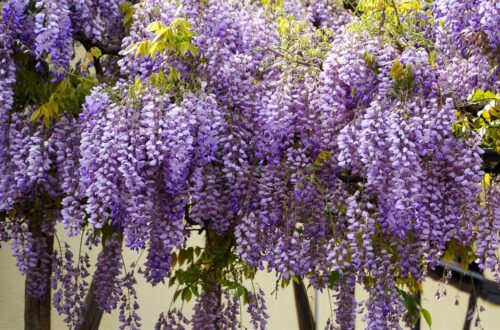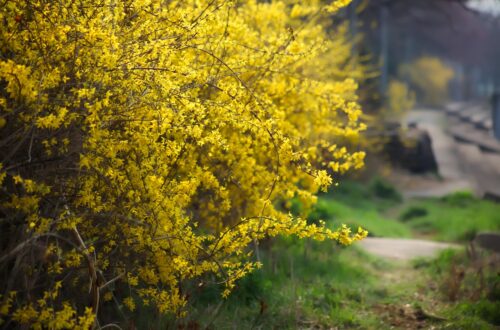
15 Popular Plants To Absolutely Avoid Growing In Your Garden
Have you ever planted something that seemed perfect, only to watch it take over your garden or struggle to survive? While many plants are beautiful and enticing at the nursery, not all are suitable for every garden. Some are invasive, difficult to manage, or attract pests and diseases that can wreak havoc on your garden’s health. Before adding new plants to your garden, it’s crucial to know which ones to avoid. Here are 15 popular plants you should think twice about before planting.
1. Mint (Mentha spp.)
Mint is a favorite among gardeners for its refreshing scent and culinary uses, but it’s also notorious for its aggressive growth. Once planted, mint spreads rapidly through underground runners, quickly taking over garden beds. Even in contained areas, it can escape and invade other parts of your garden. If you’re set on growing mint, it’s best to plant it in a pot or a controlled environment where its roots can’t spread.

2. Bamboo (Bambusoideae)
Bamboo can add an exotic, tropical feel to your garden, but it’s one of the most invasive plants you can grow. Certain species, especially running bamboo, spread quickly and can become nearly impossible to remove. The plant’s roots are strong and can break through barriers, invading neighboring gardens and even damaging property. If you must grow bamboo, consider clumping varieties, which are less invasive, or plant it in a deep, well-contained area.

3. English Ivy (Hedera helix)
English ivy is often admired for its ability to cover walls and fences, creating a lush, green backdrop. However, this plant is highly invasive and can cause significant damage to structures and trees. English ivy can smother and kill trees by preventing sunlight from reaching their leaves, and its roots can damage brickwork and other structures. In some areas, it’s even considered an invasive species. If you want to cover an area with greenery, consider non-invasive alternatives like native vines.
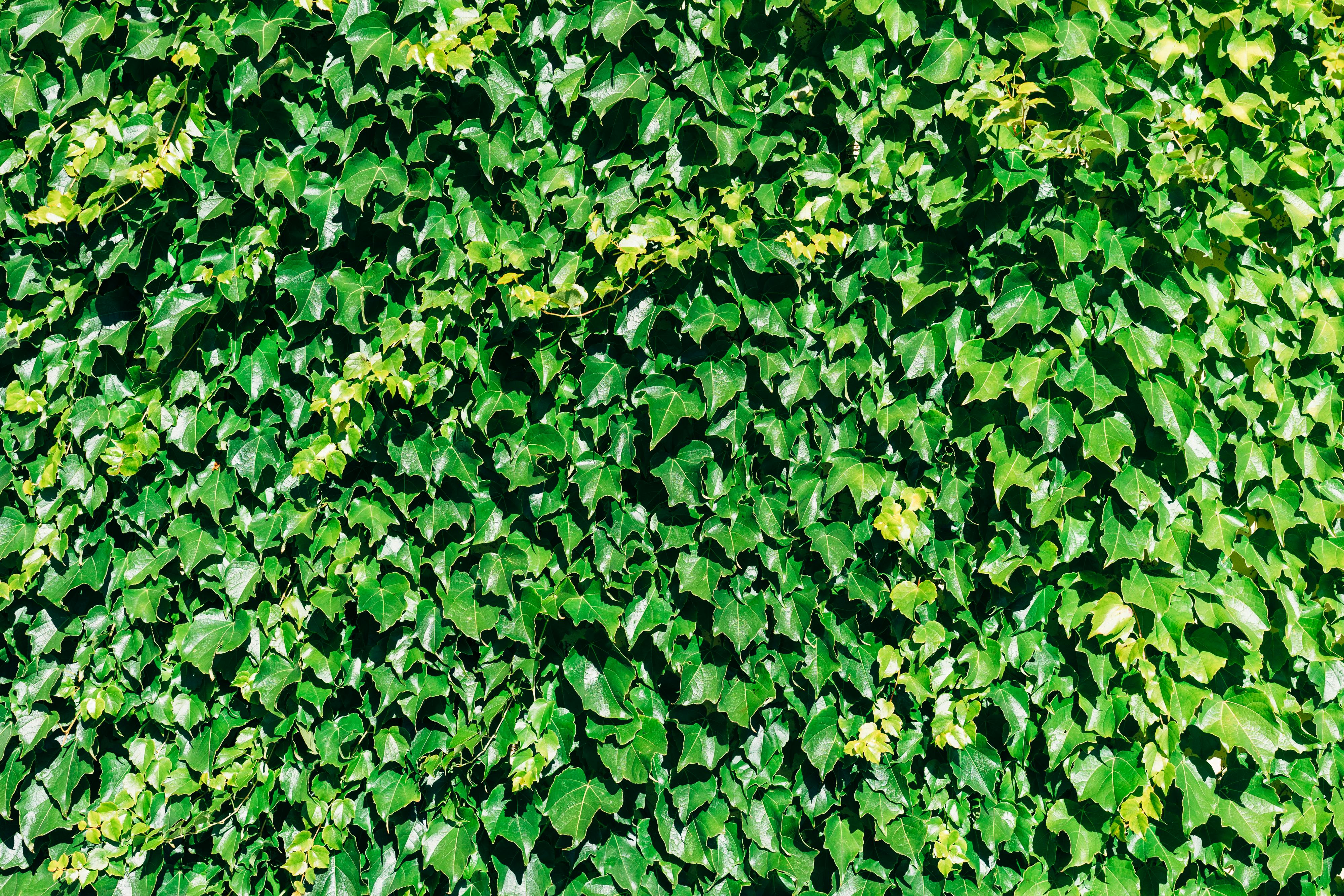
4. Wisteria (Wisteria spp.)
Wisteria is famous for its stunning, cascading flowers, but it can quickly become a nightmare in your garden. This vigorous climber grows rapidly and can smother other plants, structures, and even trees. Its woody stems can become thick and heavy, potentially causing damage. Wisteria requires constant pruning to keep it under control, and even then, it can be challenging to manage. If you’re looking for a flowering vine, consider less aggressive options like clematis.
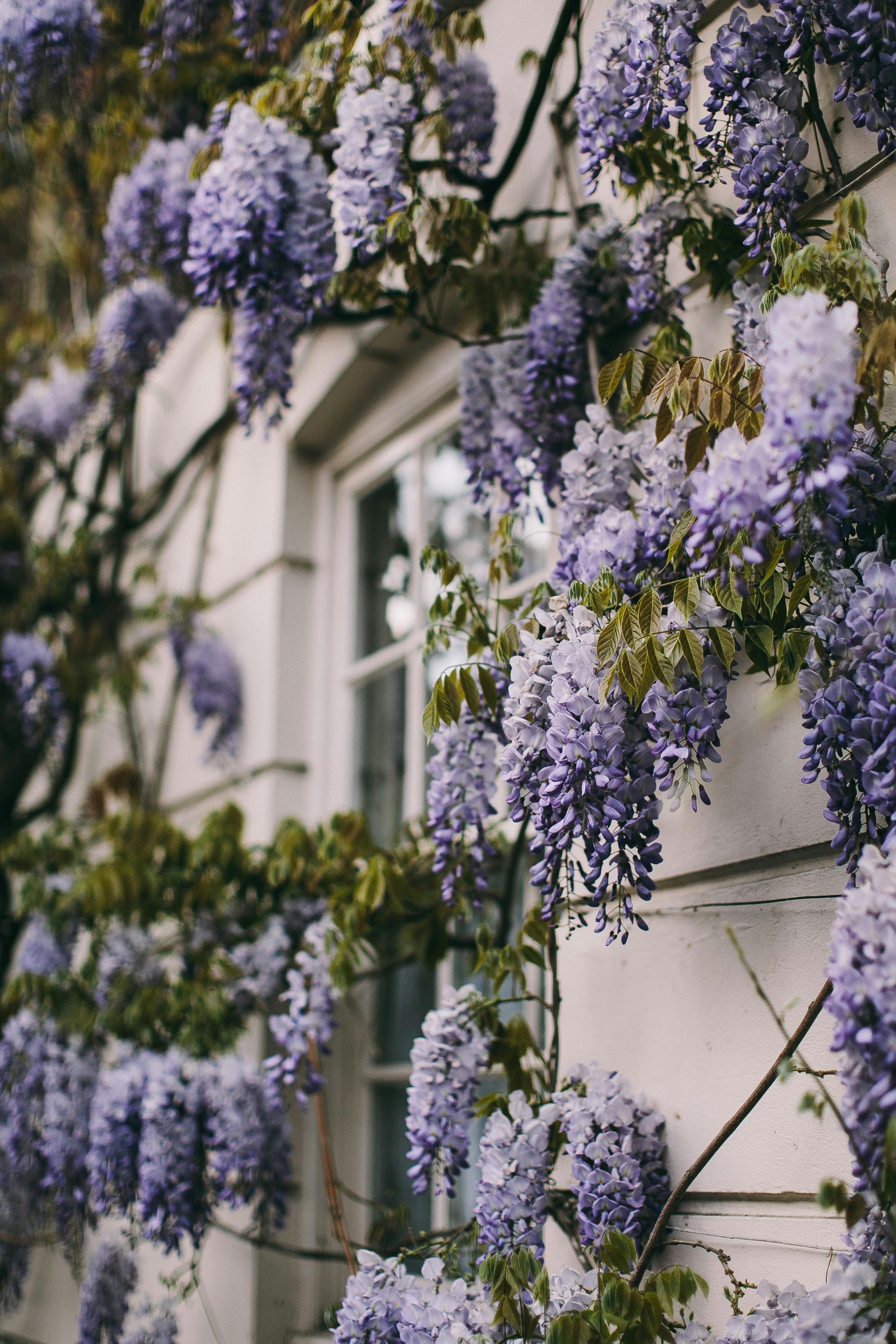
5. Morning Glory (Ipomoea spp.)
Morning glories are beautiful with their vibrant, trumpet-shaped flowers, but they are also fast-growing and invasive. They can quickly take over garden beds, smothering other plants and spreading aggressively. Once established, morning glories can be challenging to remove, as they reseed prolifically. If you love the look of morning glories, consider growing them in containers where you can control their growth.

6. Japanese Barberry (Berberis thunbergii)
Japanese barberry is a popular shrub for its attractive foliage and berries, but it’s also highly invasive. It spreads easily and can dominate natural areas, displacing native plants. The plant’s dense thickets provide ideal habitats for ticks, increasing the risk of Lyme disease in areas where it grows. Many regions have banned the sale of Japanese barberry due to its invasiveness. If you need a similar shrub, consider native alternatives like ninebark or spicebush.
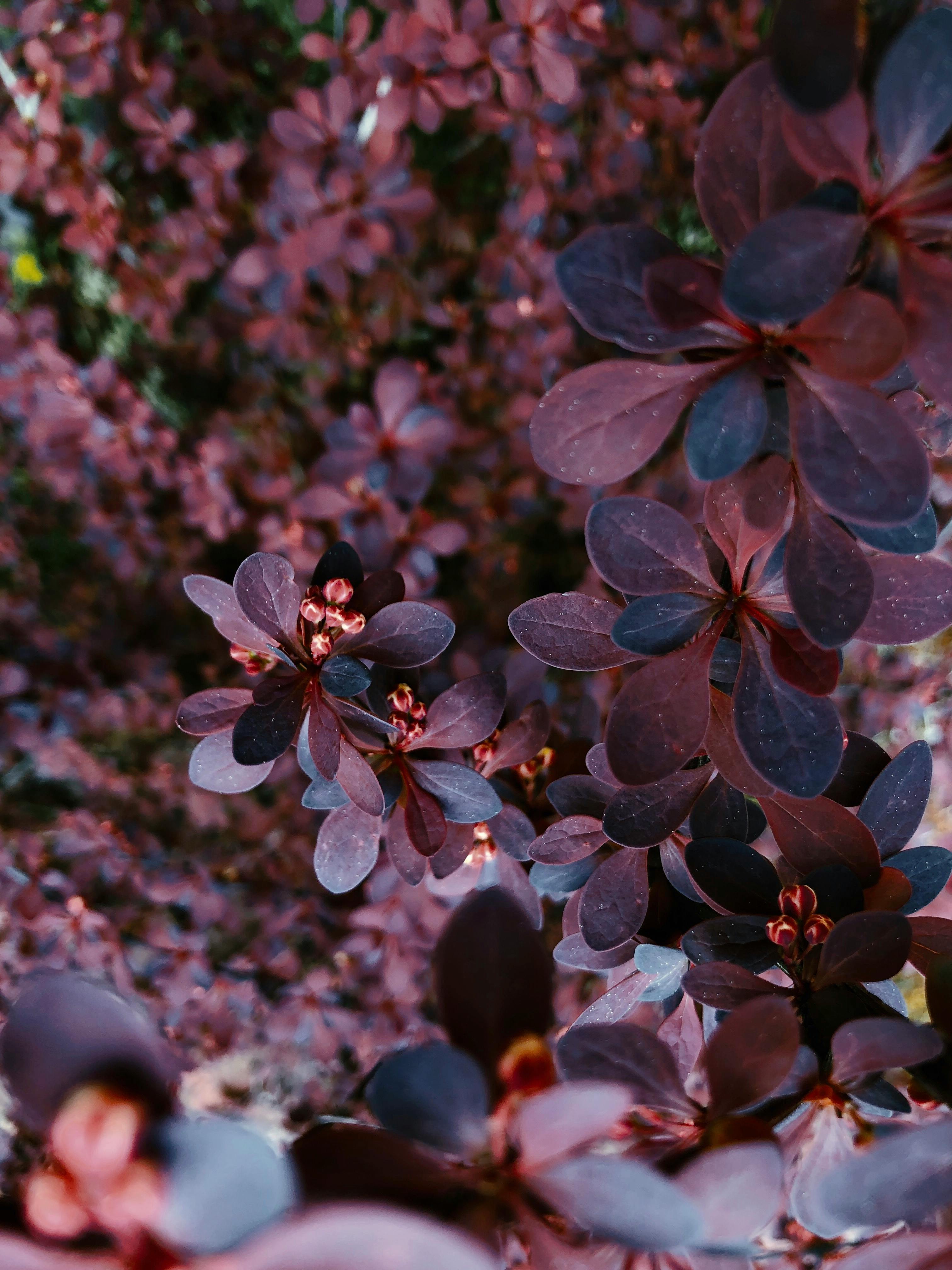
7. Privet (Ligustrum spp.)
Privet is often used for hedges due to its dense growth and ease of shaping, but it’s another plant to avoid. This shrub is invasive in many regions, spreading rapidly into natural areas and forming dense thickets that crowd out native plants. Privet is also highly allergenic, producing large amounts of pollen that can cause respiratory issues. Consider planting native hedging options like hawthorn or holly instead.
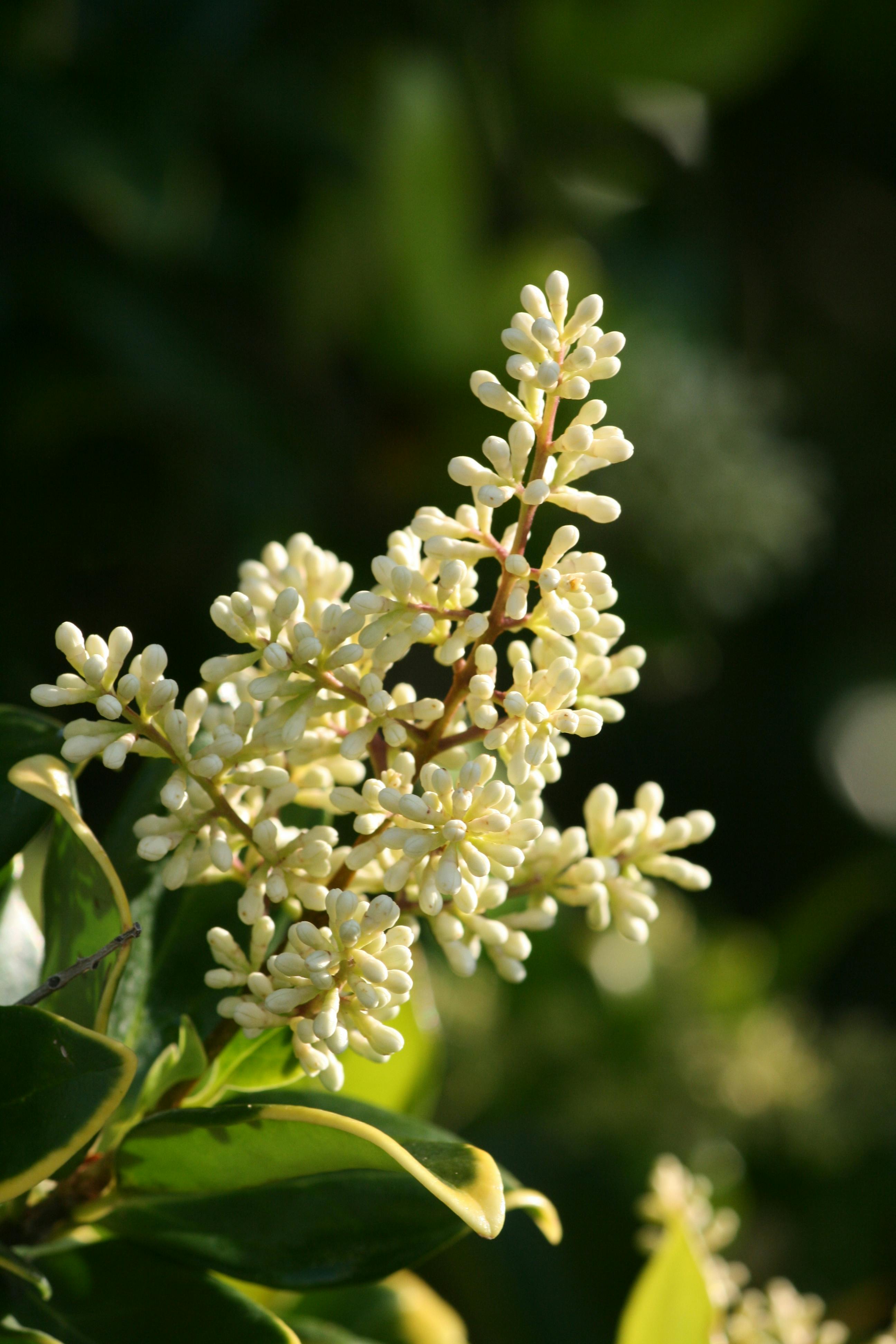
8. Norway Maple (Acer platanoides)
The Norway maple is a popular choice for shade trees, but it has a dark side. This tree is highly invasive, outcompeting native trees and plants by producing dense shade and a shallow root system that deprives other plants of water. Norway maples also produce large amounts of seeds, spreading quickly and establishing themselves in natural areas. Opt for native trees like red maple or sugar maple, which provide similar benefits without the invasive tendencies.
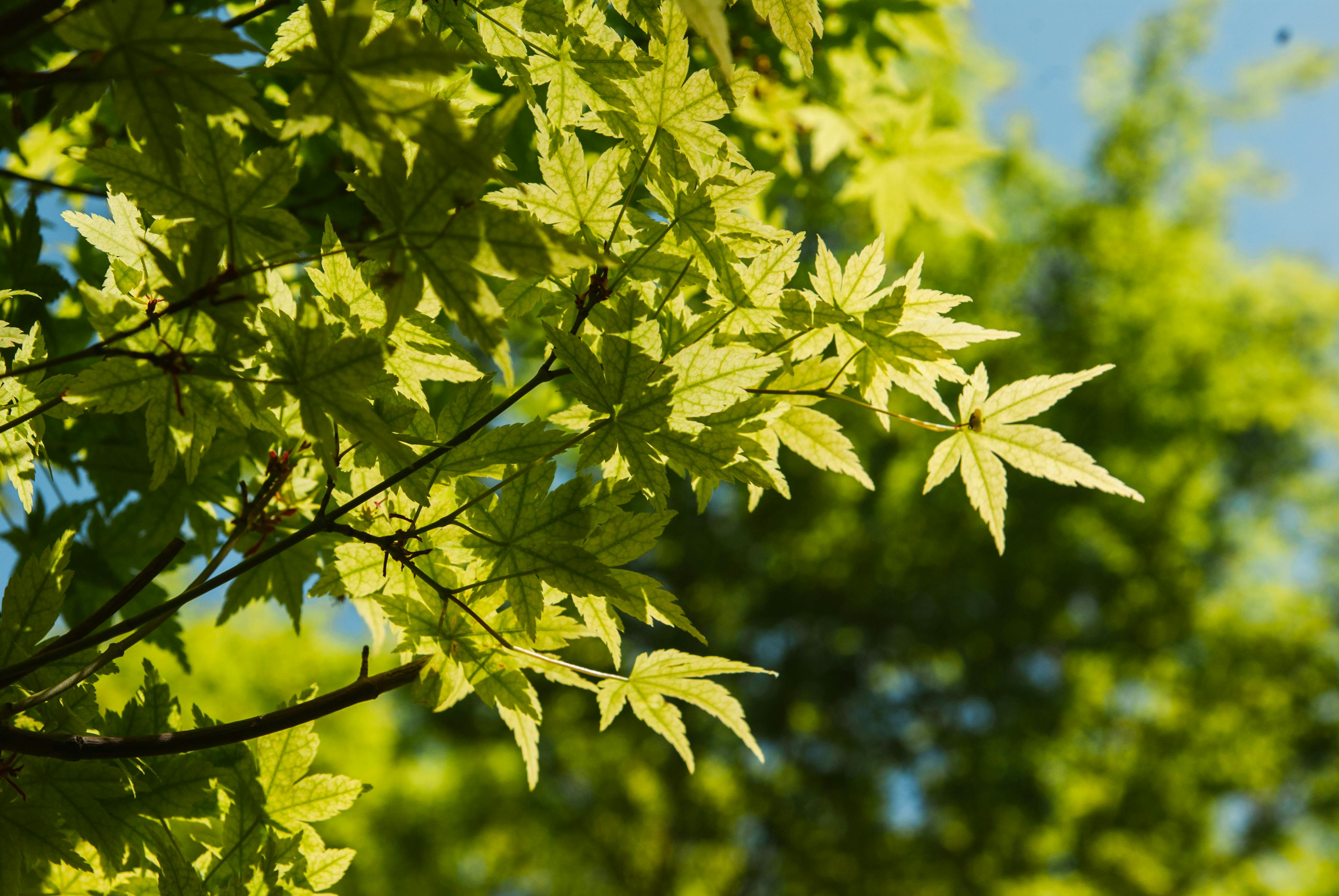
9. Tree of Heaven (Ailanthus altissima)
The tree of heaven is often planted for its rapid growth and ability to thrive in poor soil conditions, but it’s one of the most invasive trees you can plant. It spreads aggressively through both seeds and root suckers, and it releases chemicals into the soil that inhibit the growth of other plants. Once established, the tree of heaven is challenging to remove, as it resprouts vigorously. If you need a fast-growing tree, consider non-invasive alternatives like native poplars or willows.
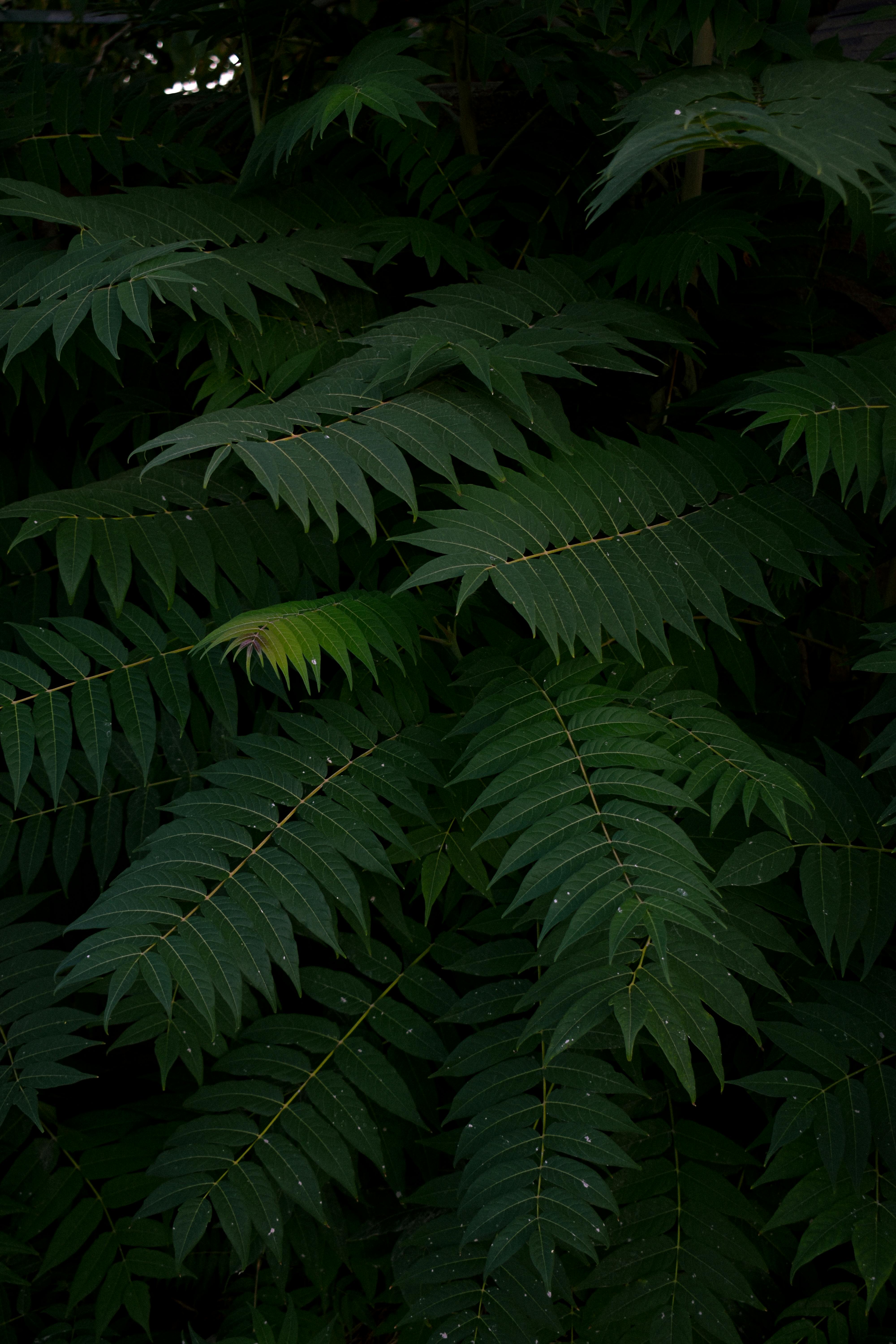
10. Goutweed (Aegopodium podagraria)
Goutweed, also known as bishop’s weed, is often planted as a ground cover due to its fast growth and ability to thrive in shady areas. However, it’s also incredibly invasive and difficult to control. Once established, goutweed spreads rapidly through underground rhizomes, forming dense mats that crowd out other plants. Even a small piece left behind can regrow, making it nearly impossible to eradicate. For ground cover, consider less aggressive options like native ferns or wild ginger.

11. Periwinkle (Vinca spp.)
Periwinkle is a popular ground cover for its glossy leaves and charming flowers, but it’s also highly invasive. It spreads rapidly, forming dense mats that can smother other plants and take over garden beds. Periwinkle is particularly problematic in natural areas, where it can displace native vegetation and disrupt ecosystems. If you’re looking for a low-growing plant for shady areas, consider native alternatives like foamflower or creeping phlox.
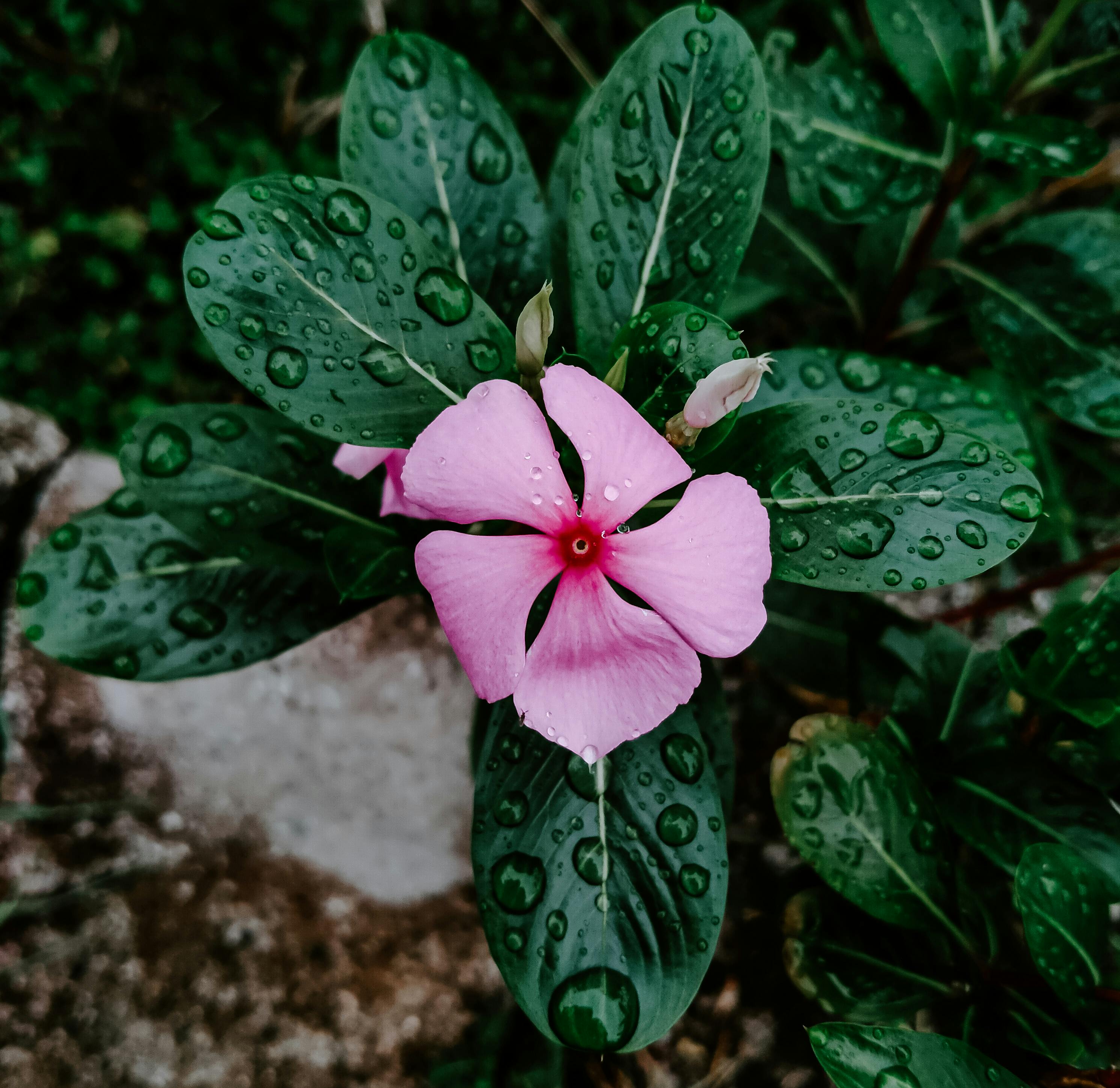
12. Russian Olive (Elaeagnus angustifolia)
Russian olive is a hardy shrub often planted for its silver foliage and drought tolerance, but it’s highly invasive in many regions. It spreads aggressively through seeds and root suckers, quickly taking over large areas and displacing native plants. Russian olive also fixes nitrogen in the soil, altering soil chemistry and further disrupting ecosystems. In many areas, it’s considered a noxious weed. If you need a drought-tolerant shrub, consider native options like silverberry or sagebrush.
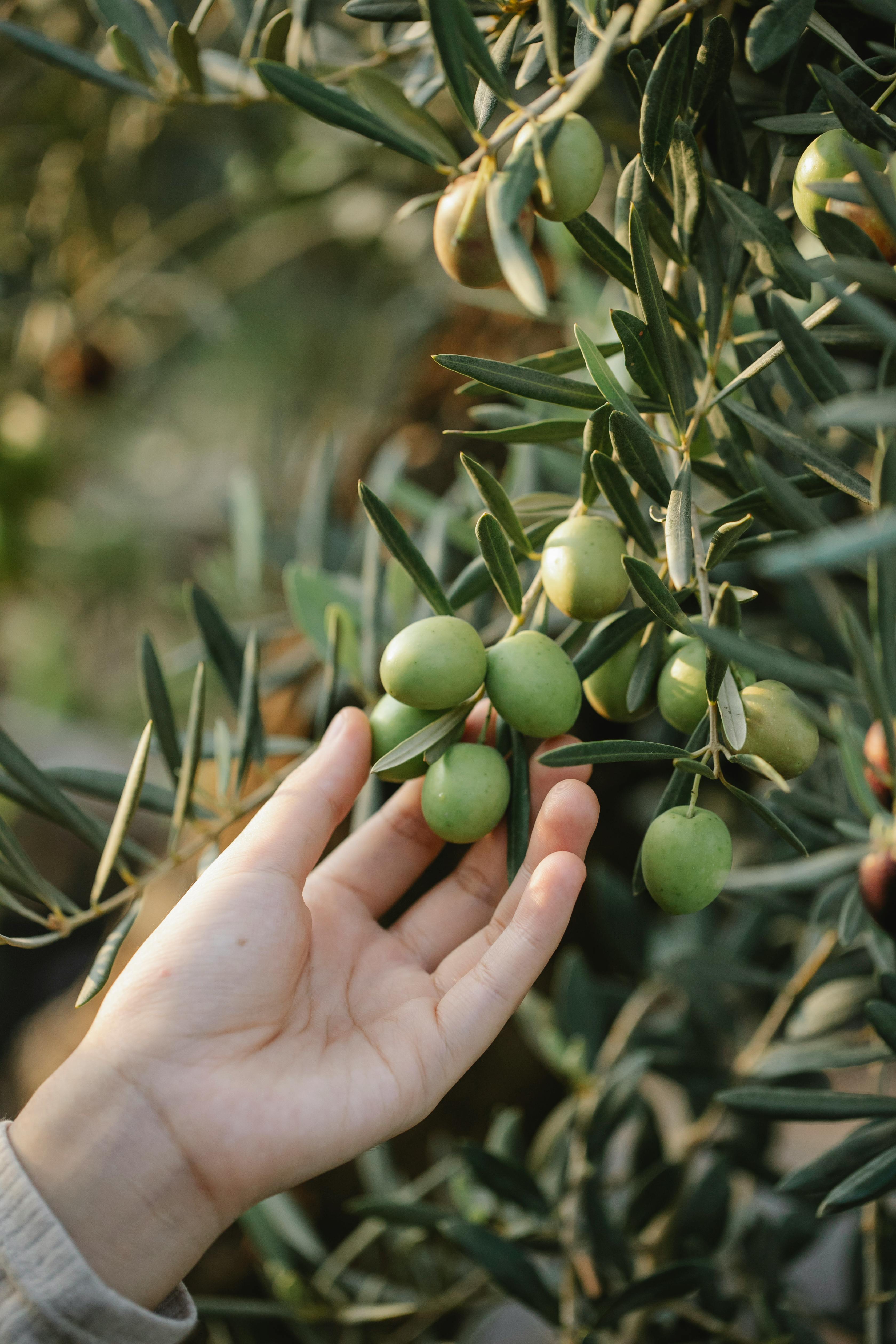
13. Yellow Flag Iris (Iris pseudacorus)
Yellow flag iris is a beautiful water plant often planted around ponds and in wet areas, but it’s also highly invasive. It spreads rapidly through rhizomes and seeds, forming dense stands that crowd out native vegetation. Yellow flag iris can clog waterways and disrupt aquatic ecosystems, making it a problematic plant in many areas. If you want a water-loving plant, consider native options like blue flag iris or marsh marigold.

14. Chinese Wisteria (Wisteria sinensis)
Chinese wisteria is beloved for its stunning purple flowers, but it’s also incredibly aggressive. This vine can quickly overtake trees, shrubs, and even buildings, with its thick, woody stems capable of causing significant damage. Chinese wisteria spreads through seeds and root suckers, making it difficult to control once established. If you want a flowering vine, consider American wisteria, which is less invasive and easier to manage.
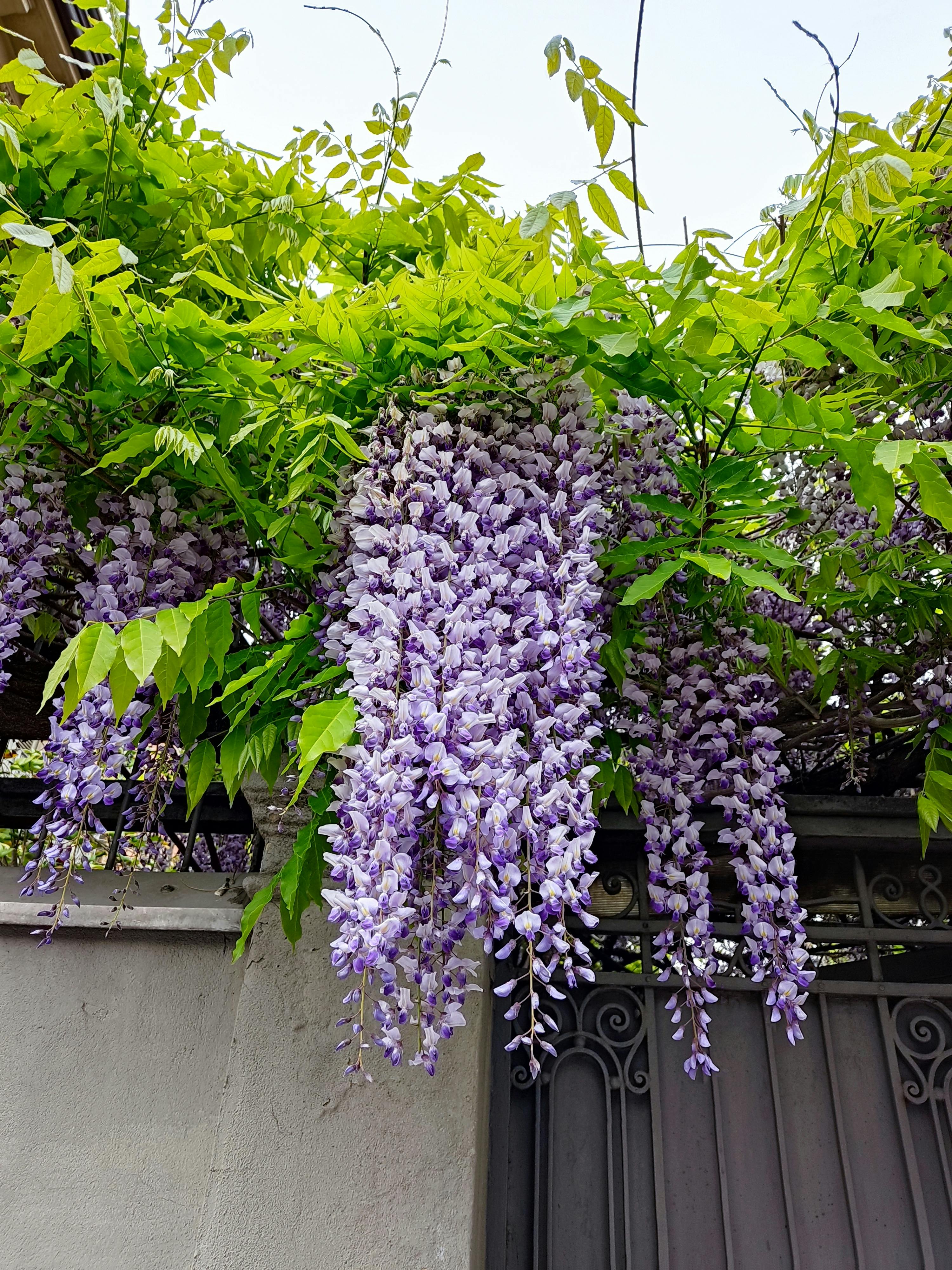
15. Butterfly Bush (Buddleja davidii)
The butterfly bush is often planted for its attractive flowers that draw pollinators like butterflies and bees. However, it’s also an invasive species in many regions, spreading rapidly and outcompeting native plants. Butterfly bush can escape cultivation and establish itself in natural areas, where it can disrupt local ecosystems. If you want to attract pollinators to your garden, consider planting native alternatives like milkweed or coneflower, which provide similar benefits without the invasiveness.
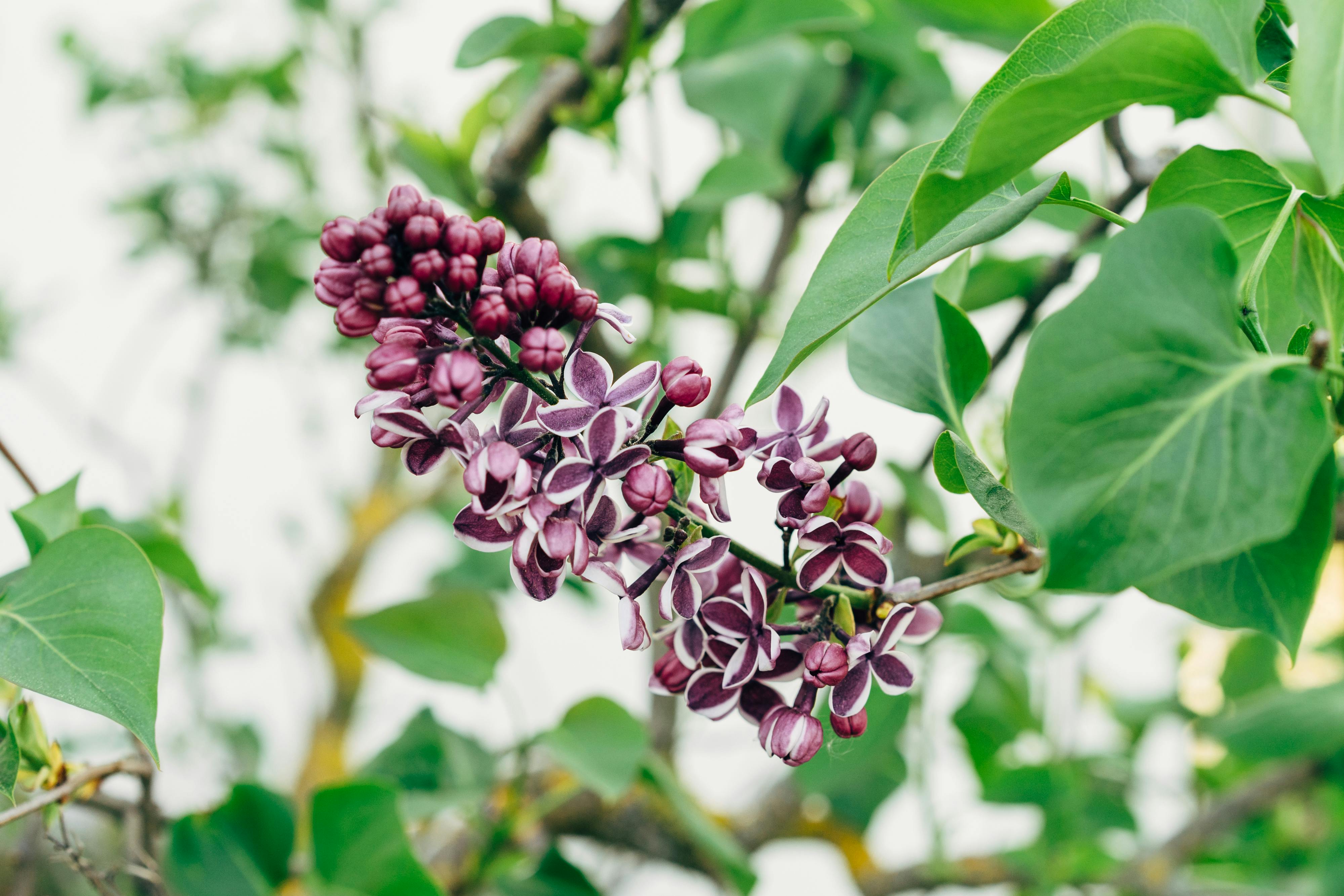
Choosing the right plants for your garden is crucial to maintaining a healthy, beautiful space. While many of the plants listed above are popular, their invasive nature or difficult management make them unsuitable for most gardens. By avoiding these plants and opting for non-invasive, native alternatives, you can enjoy a thriving garden that contributes positively to the environment and brings long-lasting beauty to your home.


